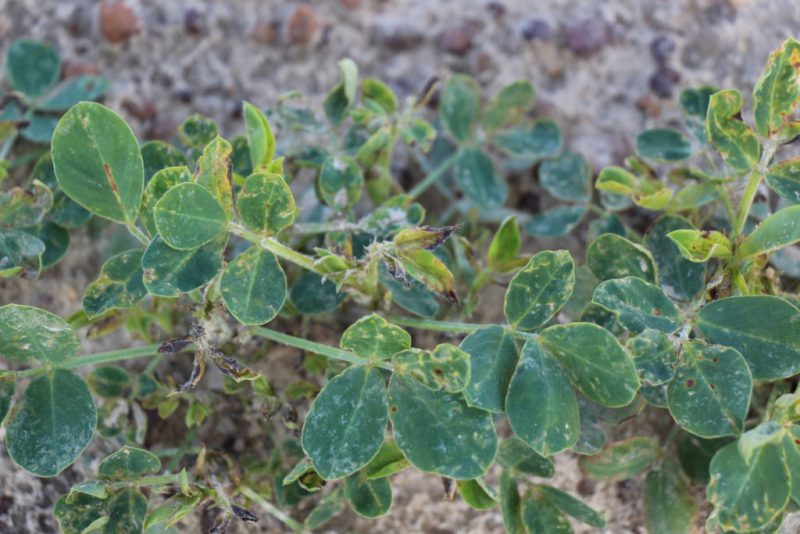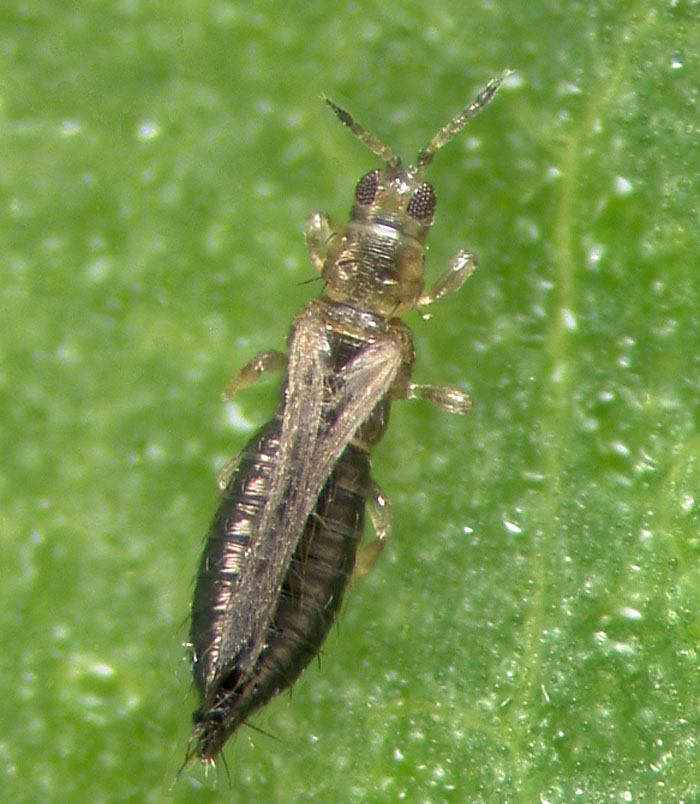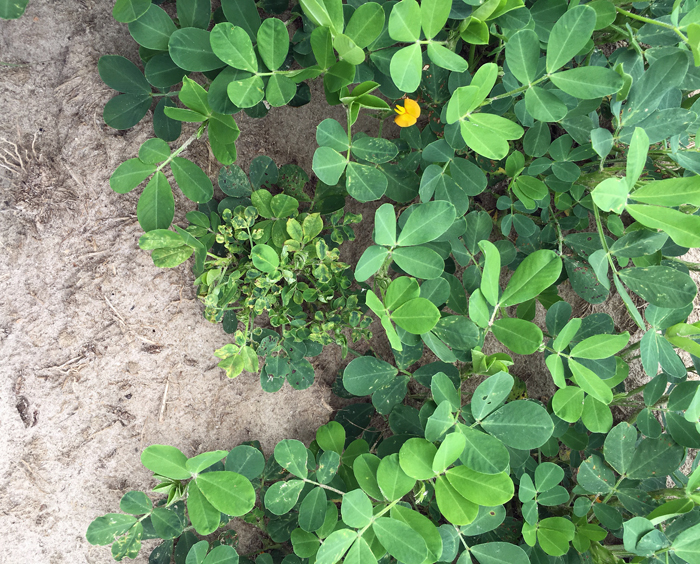Mark Abney, UGA Peanut Entomologist – Published April 26, 2023
Peanut planting time has arrived and that means thrips season is here as well. Many of the decisions a peanut grower makes at planting will affect the risk of thrips infestation and the risk of Tomato Spotted Wilt Virus (TSWV) disease. By now, growers should have a plan for managing thrips and TSWV, but here are a few reminders that you might find useful.
1. Use Peanut Rx to assess risk to thrips and TSWV. The TSWV risk factors found in Peanut Rx are REAL. The validity of the risk index has been tested and proven again and again for more than two decades. If a grower is looking for a way to reduce the risk of TSWV infection, he or she should look no further than Peanut Rx. If it is not on Peanut Rx, it probably does not matter.
–
2. Every peanut field in Georgia (and Florida) will have thrips, and thrips feeding reduces yield. Thrips management is a wise investment.
–
3. Killing thrips is a good thing to do, and there are several insecticide options from which to choose. But as odd as it may seem, killing thrips does not reduce the risk of TSWV. The only chemical known to reduce the risk of TSWV in peanut is phorate (Thimet). If you have questions about why this is true, contact your local UGA county Extension agent.
–
4. When the seed furrow is closed, opportunities for TSWV management are over. We can make foliar insecticide applications to manage thrips, but these sprays will NOT reduce the risk of TSWV.
–
Tomato Spotted Wilt disease was common in Georgia peanuts in 2022, and there is a lot of concern about the disease going into the 2023 season. While no one can predict year to year variations in virus abundance, the factors that affect risk are well known and have not changed over the last two decades.
–
We planted a lot of the 2022 crop in a high risk environment for TSWV; high risk coupled with relatively high virus levels resulted in increased disease incidence. There are no new miracle treatments for thrips or TSWV in 2023, but we can do a very good job of managing both by using a combination of practices (found in Peanut Rx) that minimize risk.
To stay fully updated on insect management this peanut season, you can subscribe to Dr. Abney’s blog.
- Cotton Marketing News:Acreage Numbers are a Surprise – What Now? - July 11, 2025
- Gulf Coast Cattlemen’s Conference – August 8 - July 11, 2025
- Cotton Marketing News:USDA June Numbers—Neutral, Not Good but Not Bad - June 20, 2025



